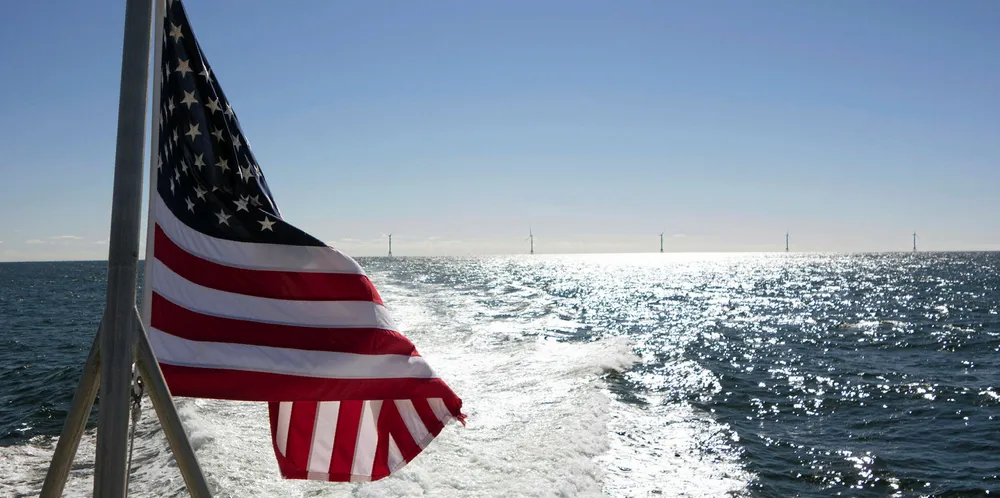The future of US offshore wind: the top ten biggest projects
Nascent sector will grow from 30MW to several gigawatts over the coming years, writes Richard A Kessler

Nascent sector will grow from 30MW to several gigawatts over the coming years, writes Richard A Kessler
